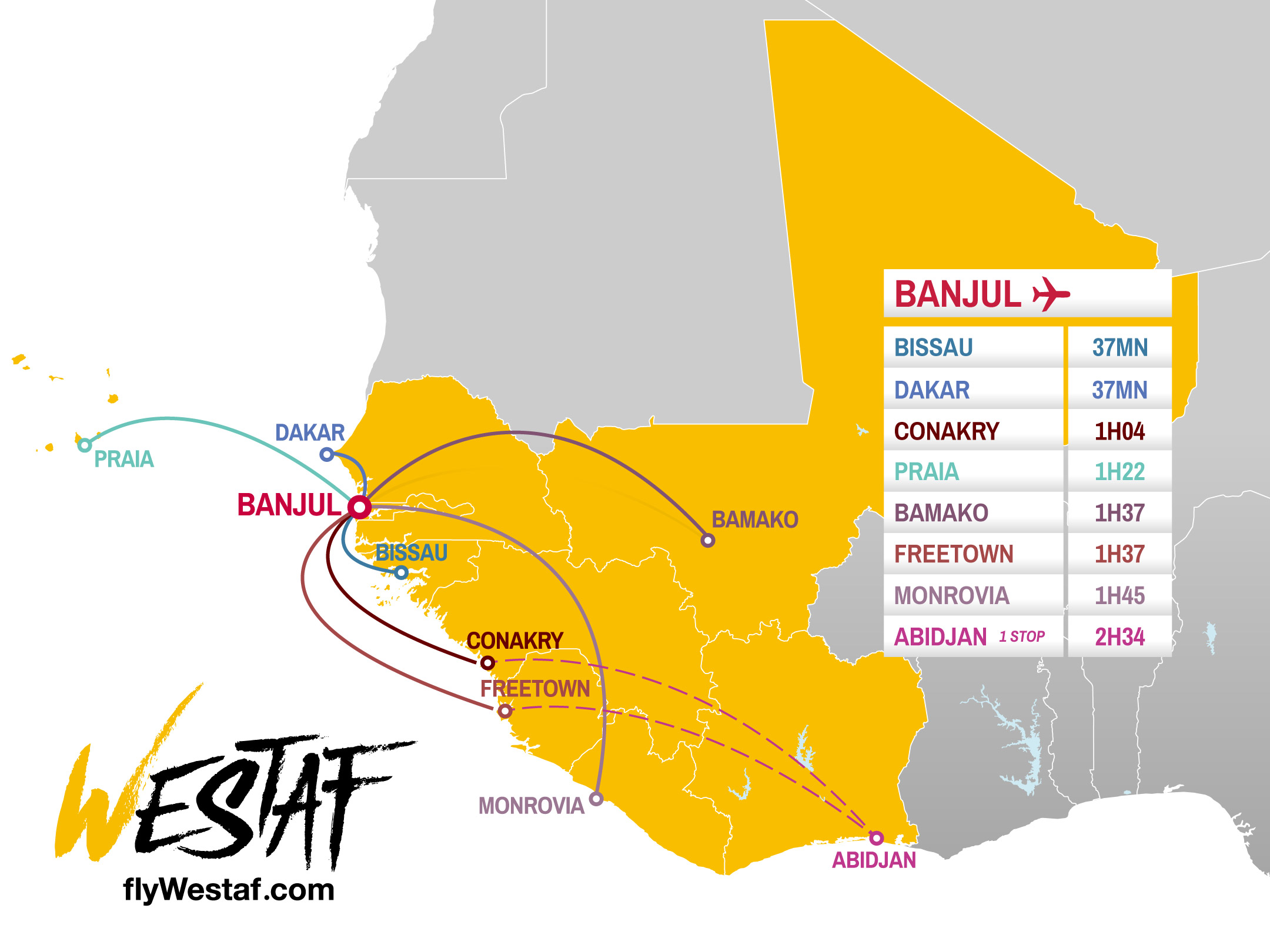
LE MODÈLE LOW
COST
The emergence of the low cost carrier (LCC) model has proven highly profitable and successful throughout the world over the past two decades. The model continues to gain momentum globally, leaving Africa as the only remaining continent that does not offer a true low-cost carrier option.
WEST AFRICAIN AIRLINE DUOPOLY ENVIRONMENT HAS CREATED A LACK OF COMPETITION, RESULTING INCENTIVE FOR THE EXISTING CARRIERS TO OFFER LITTLE COMPETITIVE TICKET PRICES TO CONSUMERS.

The business model has been developed as part of the Tony Elumelu Entrepreneurship Programme (TEEP) and presented at Rothschild’s Bank (London). Strategies and plans have been reviewed by experts in African, Middle East and European Aviation.
We are at the launch of the West African Air Passenger Market. The region is ready for the West AF product. Innovative and proven techniques for managing performance and teams in the West AF ‘Everything is Connected’ concept will support efficiency and flexibility, keys to managing change in the low cost business model.
African passenger air transport has predicted growth for the next 20 years at a rate of 5.7% per year (Air Transport Action Group – ATAG Report). Even with recent studies highlighting slowing growth in Africa, ‘African economy facing headwinds’, the Aviation Sector will grow as it has been lagging far behind and is part of the infrastructure needed to boost economic growth.
The African continent only accounts for 2.85 percent of the world total in passengers transported in spite of being the second largest and second most populous continent.

WEST AF business model provides unbundled services and maximizes demand and revenue using yield management to set base prices. It strongly focuses on cost control with adherence to the following:
- Standardization of plane size and seating options,
- Using a reduced seat pitch, if required,
- Use primarily unserved or underserviced catchment areas and secondary airports,
- Cap full-time employees substantially below that of the mainline carriers,
- Unbundle all items; deploy strategies for maximizing ancillary revenue by selling additional services, such as in-flight food and baggage, to customers.
LIAISONS PRÉVUES

Key figures affecting commercial aviation in Africa :
- 50% of Africa’s population live in the continent’s 10 richest countries, according to a 2016 report by Oxford Economics.
- 80% of African traffic concentrated at 50 Airports, according to IATA.
- 98% of Africa’s 50 busiest airports are within 3000 nautical miles of each other.
- 45% of medium-haul routes are operated less than four times per week.
- Although 15% of the world’s population resides on the African Continent, just 3% of all departing scheduled airline seats leave from there, according to a report by OAG.
Source: IATA Paris 2016
ANALYSE DU MARCHÉ

The aviation industry, the IATA statistics corroborate the aircraft manufacturers (Boeing, Airbus, Bombardier, Embraer) figures on the growth of passenger traffic in Dakar and Abidjan and the suitable choice of aircraft:
In terms of seating capacity (, 80% of flights between African destinations have less than 110 passengers).
The current flight occupancy rate on the African continent, about 60%, are is among the lowest in the world (about 60%), showing that it is critical to use the right equipment with a flexible strategy based on performance to adapt the airline as required
There is currently no cost effective and flexible way to fly between the main West African destinations.
The reasons for this include:
- Current airlines have been mismanaged and adopted poor strategies and equipment.
- The choice of aircraft (large overheads, poor maintenance support).
- Low flexibility (one flight per day due to aircraft type).
- Price (two way only price), expensive due to high overheads (50 employees on average per plane).
- The choice of Hub for the current airlines does not supporting flexible slots.
INVESTISSEURS
Le transport aérien commercial est une activité qui nécessite une expertise technique, financière et de gestion des risques. Grâce à notre expérience et nos connaissances, nous disposons du meilleur modèle économique pour faire face au changement dans le transport aérien commercial.
En plus d’apporter de la valeur à nos clients, WestAF est également fière de la valeur croissante que nous apportons à nos actionnaires. Les détails financiers, stratégiques et de développement sont disponibles, y compris des projections sur 10 ans.
Nous invitons les investisseurs à se joindre à nous dans cette aventure unique pour construire le nouveau modèle économique du transport aérien low cost en Afrique de l’Ouest.











